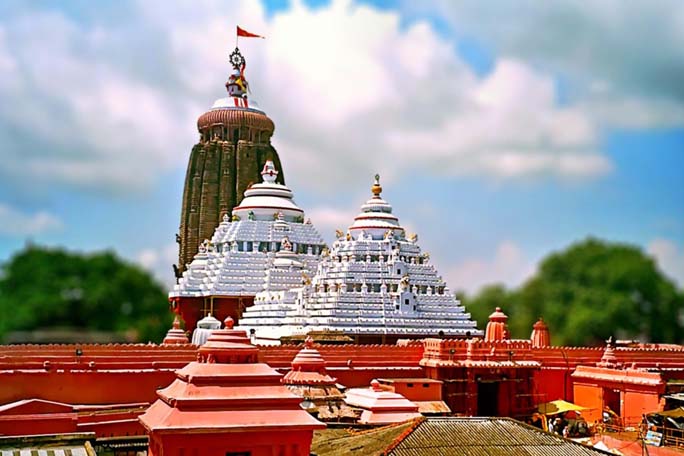Ahmedabad has been chosen by UNESCO World Heritage Committee as India’s first World Heritage City.
India’s sixth largest city, Ahmedabad was founded by emperor Ahmed Shah in 1411.
Just inscribed as @UNESCO #WorldHeritage Site: Historic City of Ahmadabad #India https://t.co/ztbb8RIMiZ #41whc pic.twitter.com/iRIMoQfAtK
— UNESCO (@UNESCO) July 8, 2017
History
In 1487, Mahmud Begada, the grandson of Ahmed Shah, fortified the city with an outer wall 10 km (6.2 mi) in circumference and consisting of twelve gates, 189 bastions and over 6,000 battlements.
“For over 600 years, Ahmedabad has stood for peace, as a landmark city where Mahatma Gandhi began India’s freedom struggle, “It has stood for unity with its elegant carvings in its Hindu and Jain temples as well as standing as one of the finest examples of Indo-Islamic architecture and Hindu Muslim art” Ruchira Kamboj, India’s permanent representative to UNESCO, said during Ahmedabad’s inscription.
“And beyond this, it epitomizes the United Nation’s objective of sustainable development as it accelerates in its development,” she added.
Spread over 5.43 sq km, the walled city was preferred over Mumbai and Delhi during the nominations last year.
With a population of 3.75 to 4 lakh, the city’s living heritage being the 600 odd ‘pols’ or neighborhoods with clusters of centuries-old residences.
“The entire credit for this goes to the citizens of the city,” said Debashish Nayak, director of the Centre for Heritage Management at Ahmedabad University, who had launched the first heritage walk in the walled city.
“It took us 20 years, and now I think the work has just started. We have become a national example and we have to make sure we stand by it.”

Sabarmati River
Geography
Ahmedabad is a city that is situated on the edges of River Sabarmati and it lies in the northern part of Gujarat and western part of India. The location of Ahmedabad is 23.03oN 72.58oE. The entire city of Ahmedabad is spread over an area of 205 square kilometers and its average elevation is 53meters.
Ahmedabad is divided by the Sabarmati into two physically distinct eastern and western regions. The eastern bank of the river houses the old city, which includes the central town of Bhadra. This part of Ahmedabad is characterised by packed bazaars, the pol system of closely clustered buildings, and numerous places of worship.
A Pol (pronounced as pole) is a housing cluster which comprises many families of a particular group, linked by caste, profession, or religion. Heritage of these Pols [47] has helped Ahmedabad gain a place in UNESCO’s Tentative Lists, of world heritage cities on March 31, 2011.
The secretary-general of EuroIndia Centre quoted that if 12000 homes of Ahmedabad are restored they could be very helpful in promoting heritage tourism and its allied businesses.
The western part of the city houses educational institutions, modern buildings, residential areas, shopping malls, multiplexes and new business districts centred around roads such as Ashram Road, C. G. Road and Sarkhej-Gandhinagar Highway.

Jagannath-Temple
Culture
Ahmedabad observes a wide range of festivals. Popular celebrations and observances include Uttarayan, an annual
kite-flying day on 14 and 15 January. Nine nights of Navratri are celebrated with people performing Garba, the most popular folk dance of Gujarat, at venues across the city.
The festival of lights, Deepavali, is celebrated with the lighting of lamps in every house, decorating the floors with rangoli, and the lighting of firecrackers. The annual Rath Yatra procession on the Ashadh-sud-bij date of the Hindu calendar at the Jagannath Temple and the procession of Tajia during the Muslim holy month of Muharram are important events.
Sources:
http://whc.unesco.org/en/list/1551
http://edition.cnn.com/travel/article/ahmedabad-first-unesco-city-india/index.html
